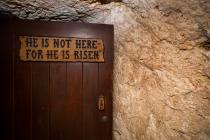Rome: Exploring the Early Church in the Eternal City
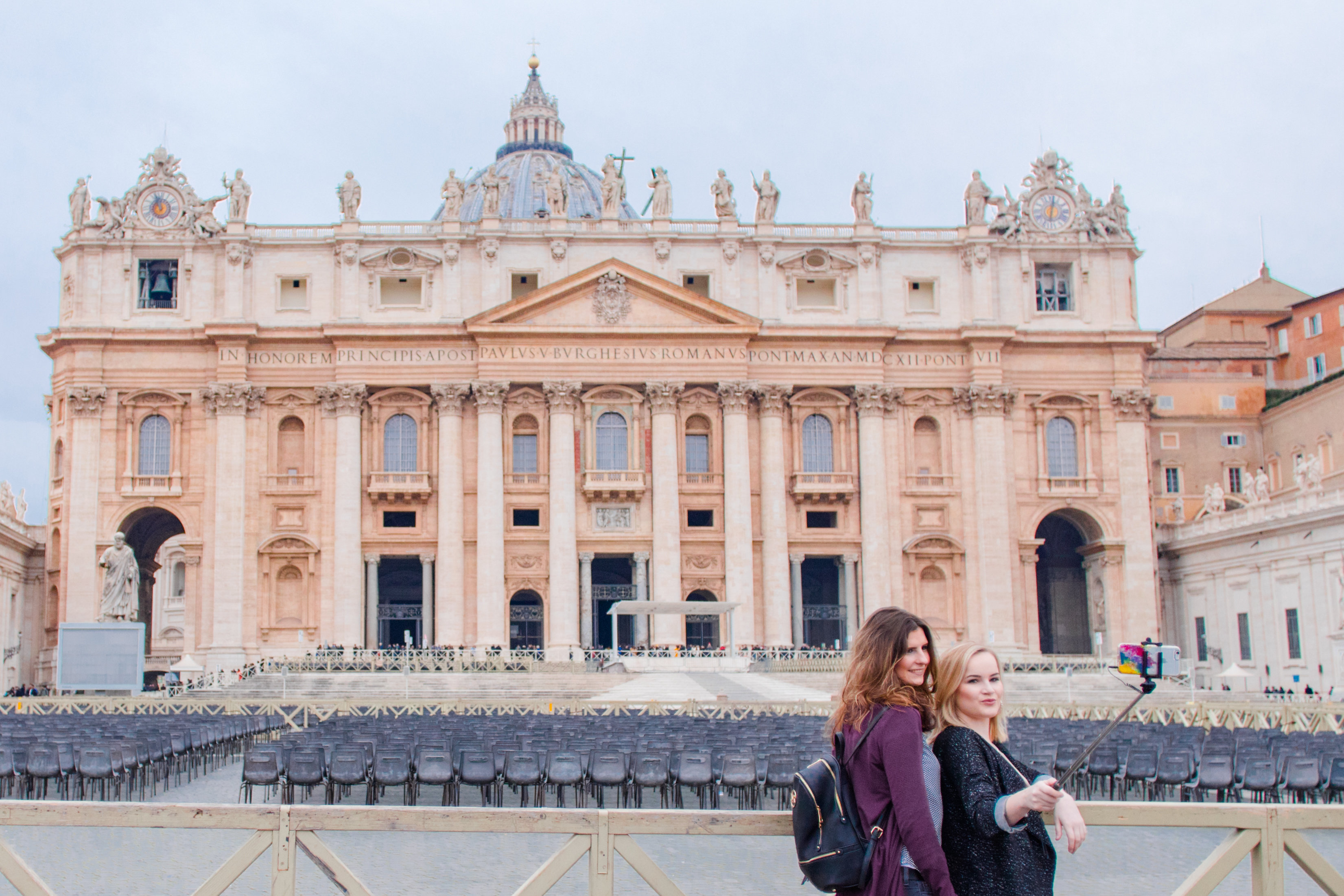
For some travelers, a Christian cruise or tour represents a homecoming. Faith-based trips to Israel are a journey to the birthplace of our faith, while tours in Rome explore the roots of the church. Jerusalem may have been the epicenter of the Christian story, but the disciples scattered from the Galilee region after the Resurrection, propelled by persecution and the Great Commission.
Other cities played significant roles in the expansion of our faith, and Rome was chief among them. Quickly becoming the most powerful and populous city in the world, Rome attracted missionaries, merchants, politicians and many others of influence. The earliest forms of the church began to take shape in this melting pot. The remaining artifacts, along with spiritually significant sites, continue to tell the story of these early believers.
These sites are at the top of our list when we take believers to explore and discover the roots of our faith in Rome.
The Colosseum
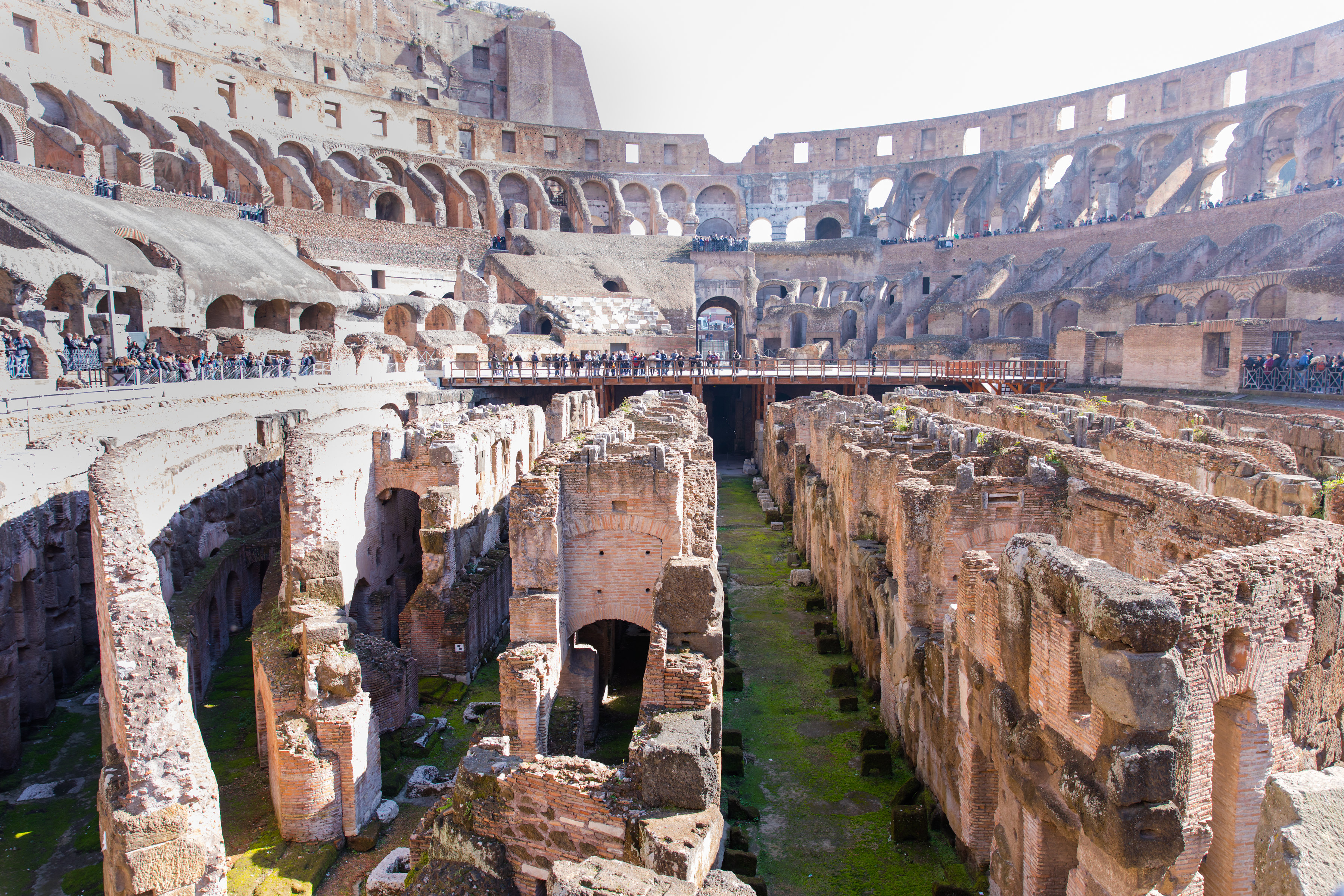
Just reading the name of this renowned monument brings a mental image of the massive structure. The amphitheater dates back to the first century and is the largest surviving building from the days of ancient Rome. Tens of thousands of spectators once gathered here to watch blood sports in the arena.
Although disputed by historians, many Roman tour guides tell travelers that early Christians were martyred in the Colosseum in mass quantities. Followers of Christ died here, as did thousands from other faiths, but it’s unclear if they were killed in this cathedral of conflict because of their beliefs. What we do know is that the Roman people gathered here for violence: animals fought animals, men fought animals, criminals were executed and gladiators fought to the death.
For believers, the Colosseum represented a culture of violence that existed throughout Rome — in places like the Circus of Nero—where history shows that Christians were persecuted and killed for their faith. These structures are a reminder of the early church’s persistence and hope amid conflict.
The Basilica of San Clemente
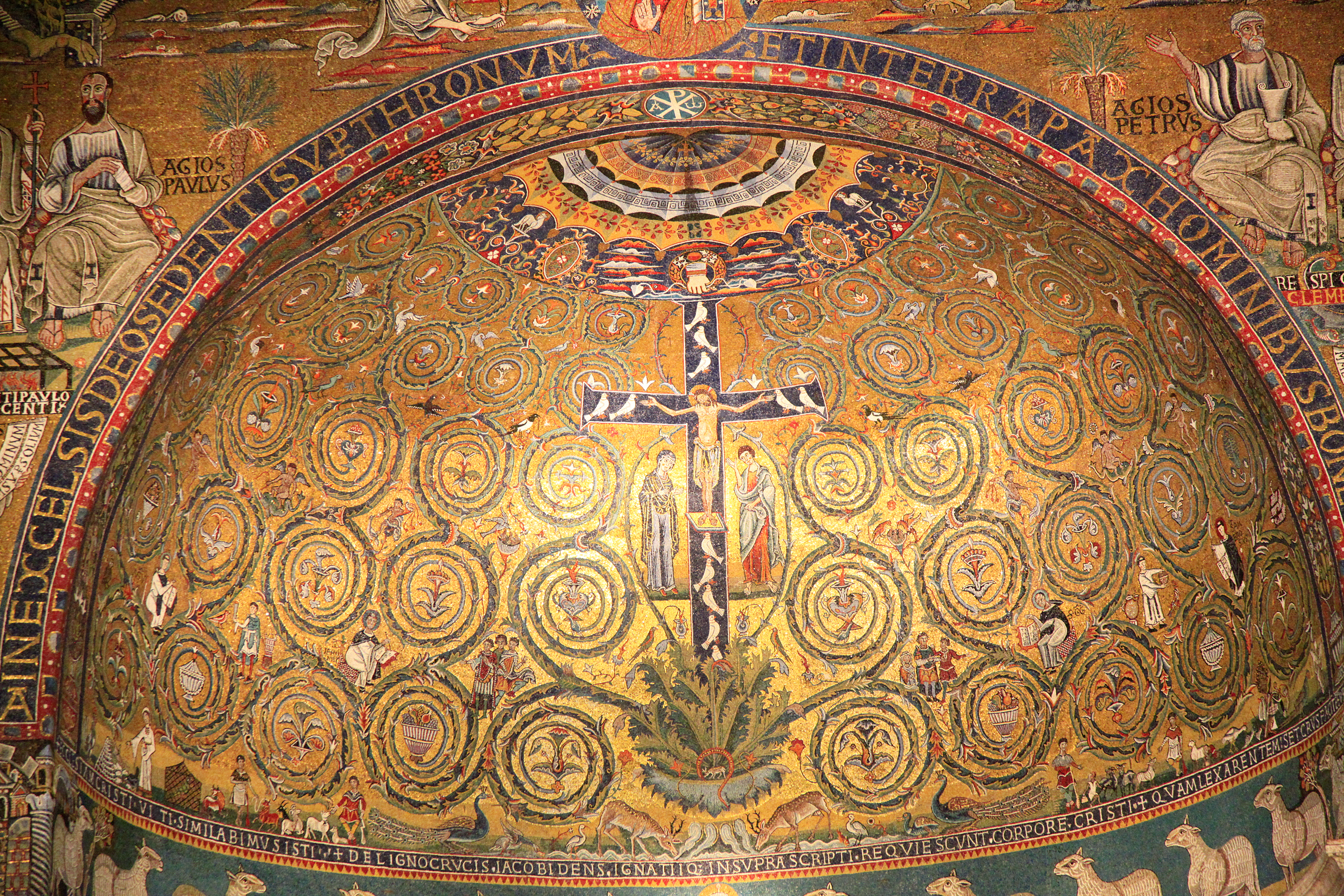
Contemporary Rome boasts many old cathedrals and beautiful basilicas, and yet one of the most significant to religious historians, and Christians in particular, is a church many tourists miss. Located near the Colosseum, one of the city’s more profound destinations hides behind the unimpressive doors and exterior wall of the Basilica of San Clemente.
Within the basilica is a beautifully ornate 12th-century church, similar to other centuries-old chapels in Rome. It’s what lies beneath that connects travelers to the early church. San Clemente stands above the first century home of a wealthy Christian convert. Believers met secretly here and in other private homes when Rome outlawed Christianity. Ongoing excavations continue to reveal early Christian artwork and other artifacts in this literal example of the underground church.
The Basilica of St. Paul (Outside the Walls)
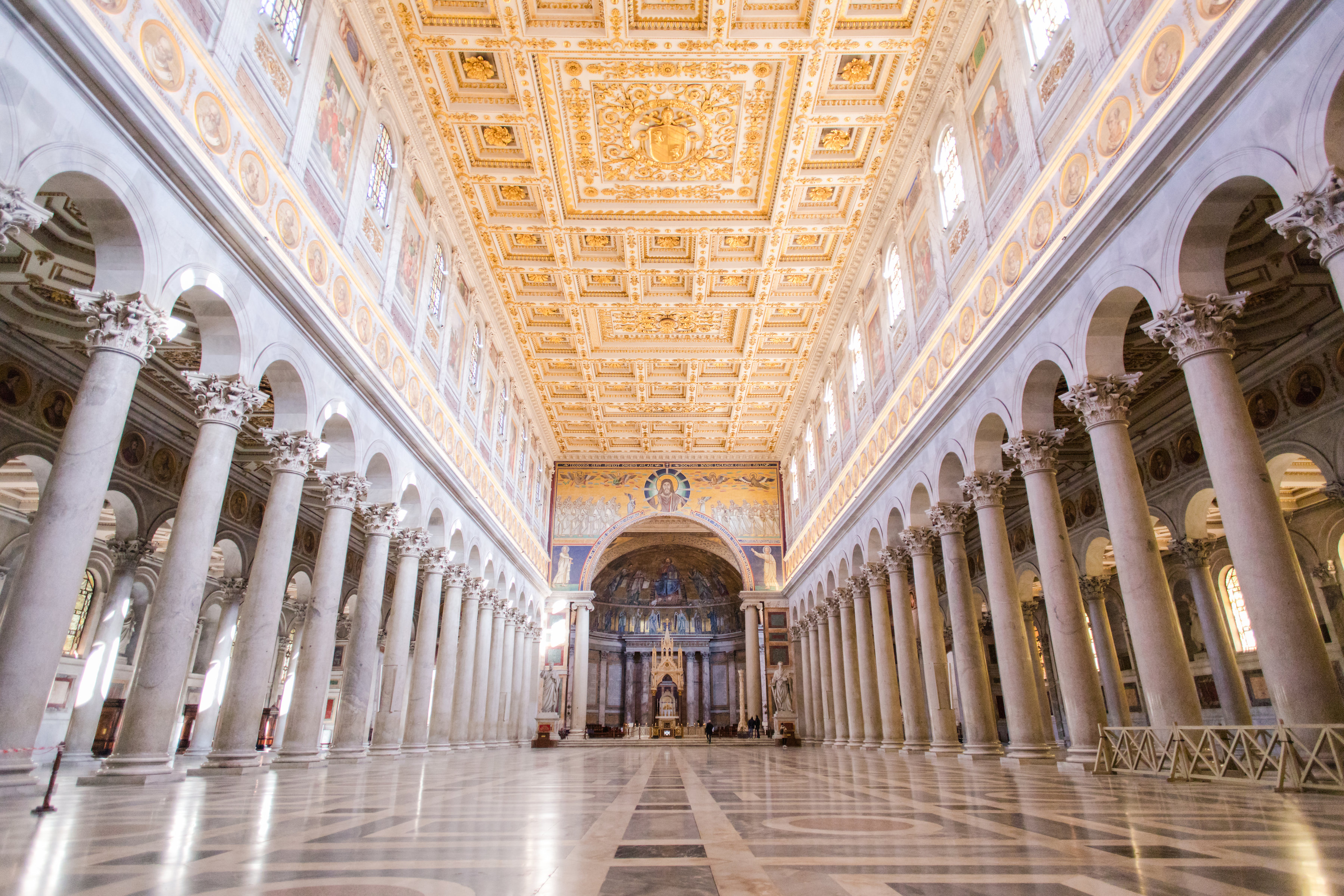
St. Paul’s is the second-largest basilica in Rome. But like San Clemente, the importance of this location is less about its grandeur and more about its history. After the Apostle Paul’s execution, he was buried outside the walls of ancient Rome. Believers of the time noted the burial place and erected a memorial. Over time the church established on that site was gradually constructed into this enormous basilica.
During a renovation in 1823, monks discovered a Roman sarcophagus buried below the foundation. Many speculate that this may be Paul’s grave. Workers repairing the church roof during that same renovation accidentally started a fire nearly destroying the basilica. Over the next decade, the rebuilding of the basilica commenced. In 2006, scientists excavated the sarcophagus and testing indicated that it dated back to the first century.
This breathtaking church remains a fascinating destination for travelers, regardless of whether this location is Paul’s grave or not. The basilica is a profound place to pause and reflect on Paul’s life, teachings and death as he served Christ.
The Pantheon
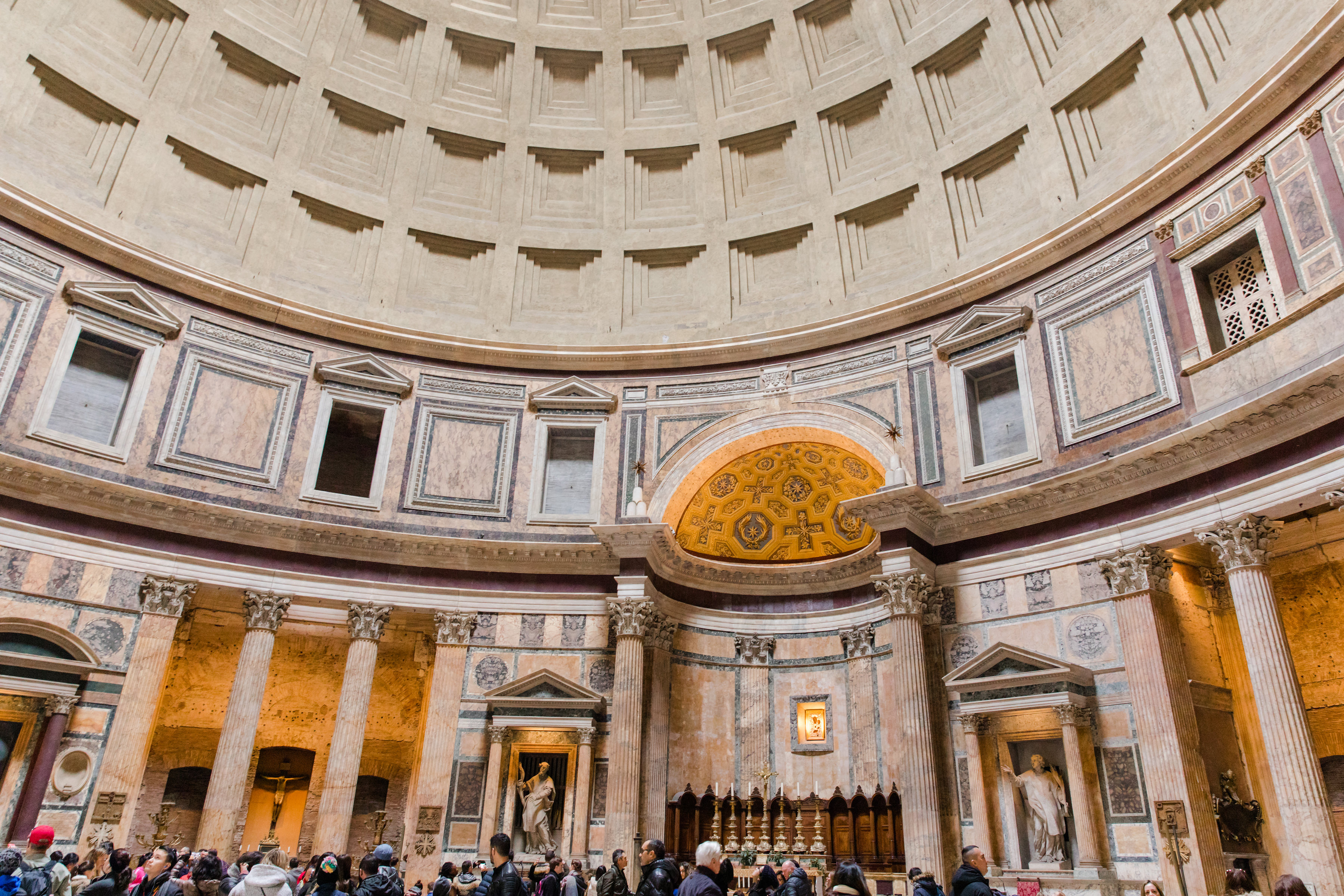
The second-century Pantheon, one of Rome’s best-preserved ancient buildings, was created as a pagan temple dedicated to Roman deities. Just as God makes a “garment of praise” instead of a spirit of despair (Isaiah 61:3), this monument to wickedness transformed into a Christian church in the seventh century under Pope Boniface IV. This “repurposing” ultimately protected the building from being destroyed during the Crusades.
On our many Christian tours, travelers are reminded of God’s faithfulness. A visit to the Pantheon includes marveling at the building’s spectacular oculus and domed concrete ceiling. It is an architectural wonder that has influenced buildings all over the world—including the dome of the U.S. Capitol in Washington, D.C.
The Catacombs
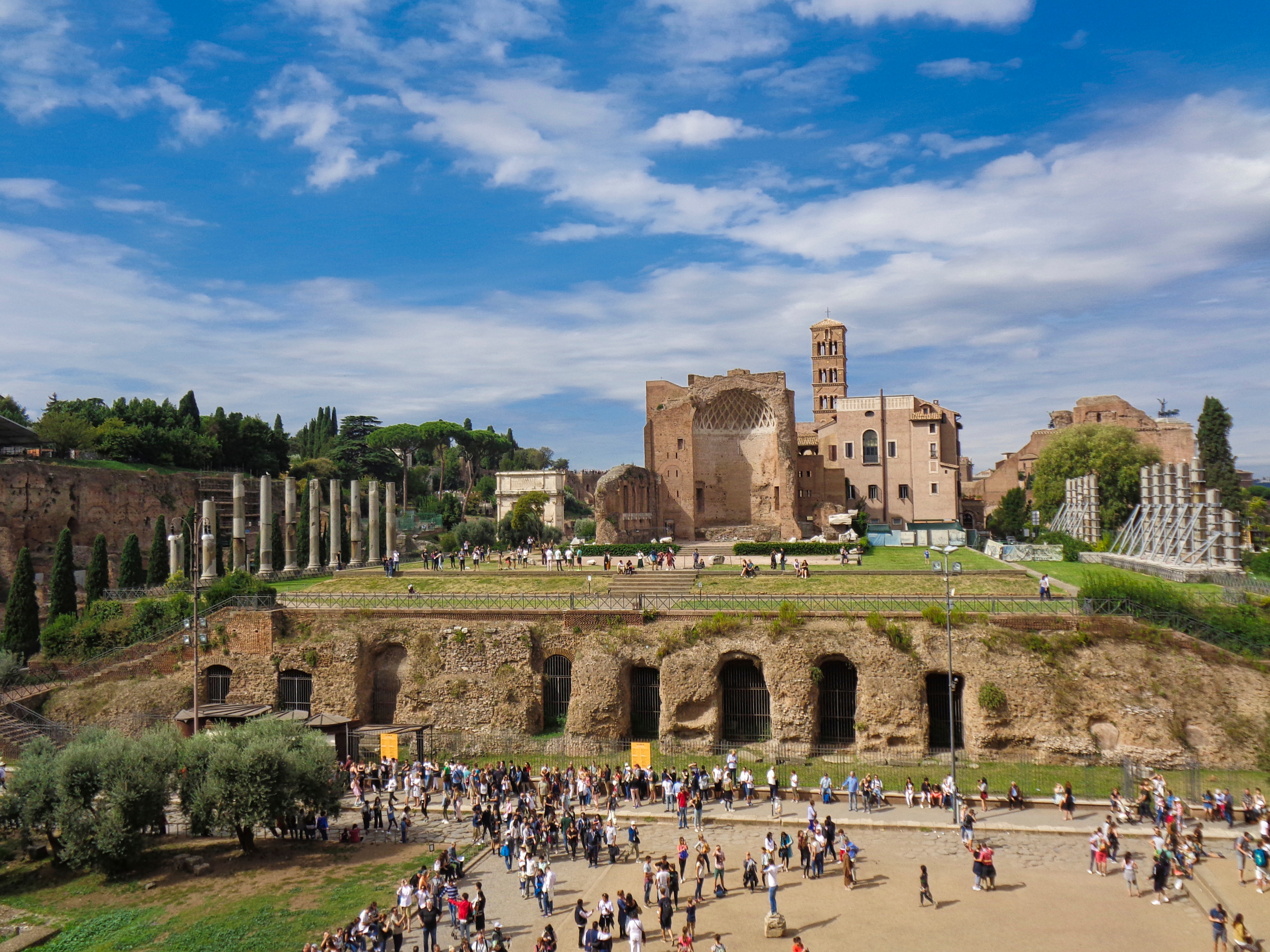
While the above-ground wonders of Rome get most of the attention, some of its spiritually significant destinations lie below travelers’ feet. Some believers—like Paul—were entombed outside the city walls; however, many of Rome’s early Christians lacked the notoriety or money for this practice. Instead, they were dressed for burial and laid on shelves inside a system of underground tunnels carved beneath the city. These miles-long catacombs, dug by hand, date back to the second century.
These labyrinths are marked with primitive Christian art and contain the remains of martyrs, church leaders and ordinary people who followed Jesus. It may be uncomfortable to be in the presence of human remains at first, but the critical story these chambers tell is worth the exploration. The early church wasn’t a collection of buildings, but of individual people who followed Jesus Christ. In visiting the catacombs, you’re in the physical presence of the very first followers of Jesus. Just imagine, how would it impact your faith to stand, quite literally, among the remains of the “great cloud of witnesses” currently with Christ? Imagine the day you will meet them in Paradise!
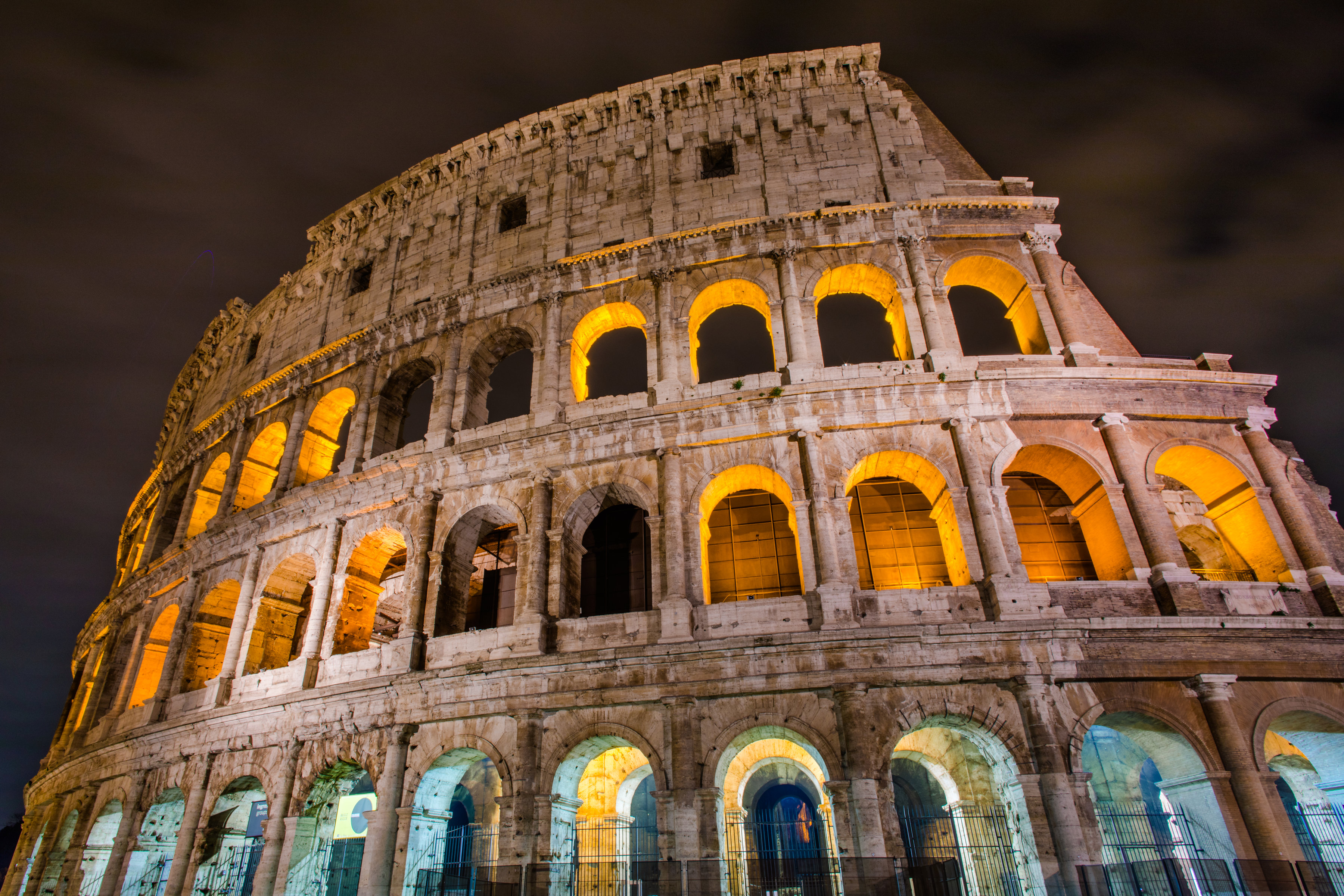
Welcome Home
The story of the early church is not a simple, linear one; it includes public proclamations and secret gatherings of the Gospel. Martyrs and missionaries exemplified it, and ordinary men and women lived it out. It unfolded in the light of the Mediterranean sun and the darkness of torchlit tunnels. It is a story of life and death, faith and action, and peace and violence. Ancient Rome was one of the centers of this story, and the city still resonates with its memory.
Whether you visit Rome as a cruise port or spend multiple days touring inside its walls, you’ll find yourself encouraged as a follower of Jesus by knowing some of its ancient history. Most importantly, you’ll leave with a deeper understanding of your faith and a connection to the men and women who followed Christ first.





